Google is trying to turn AI chatbots to intelligent systems that can reason, plan, and remember. Project Astra is a window into this potential future.


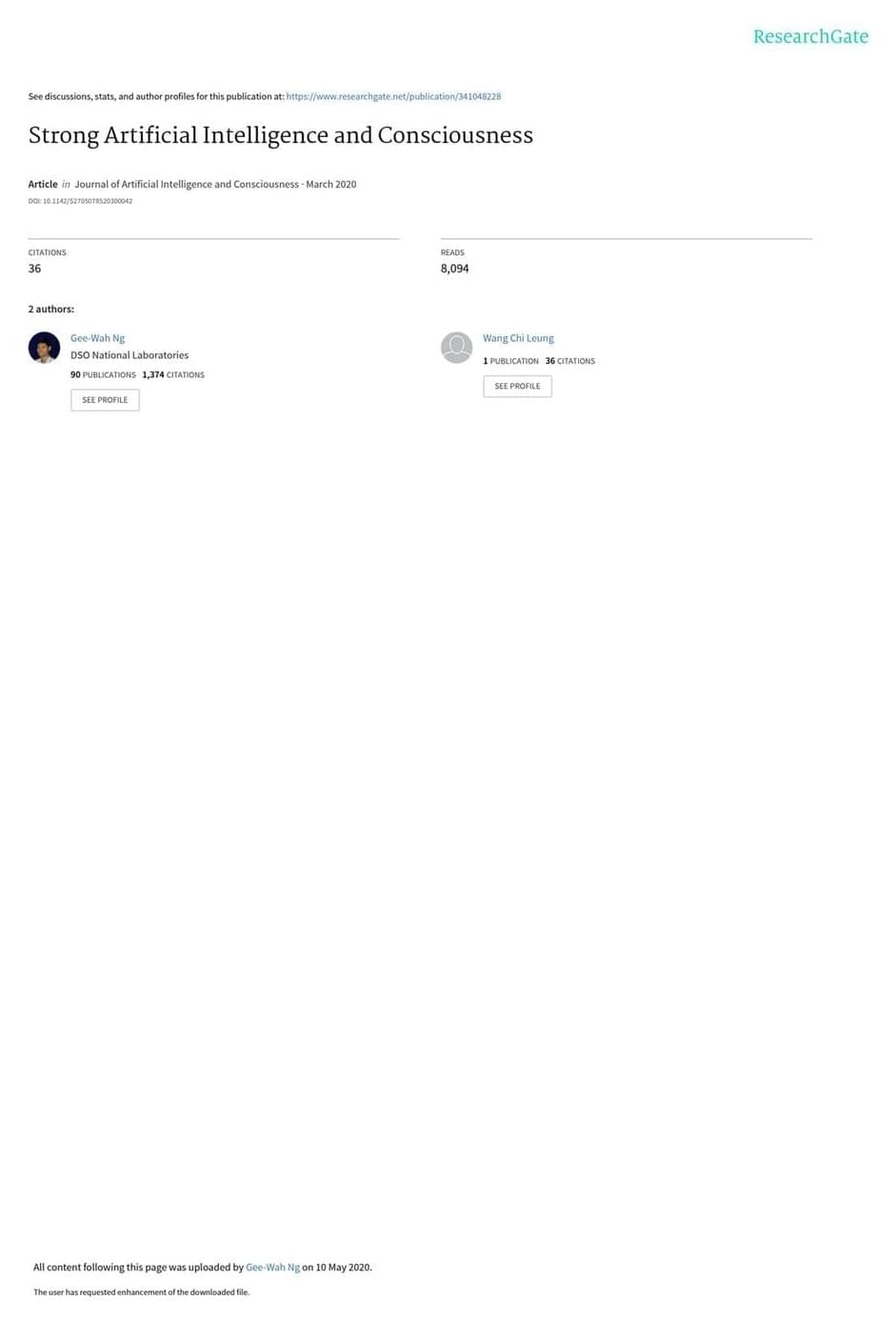
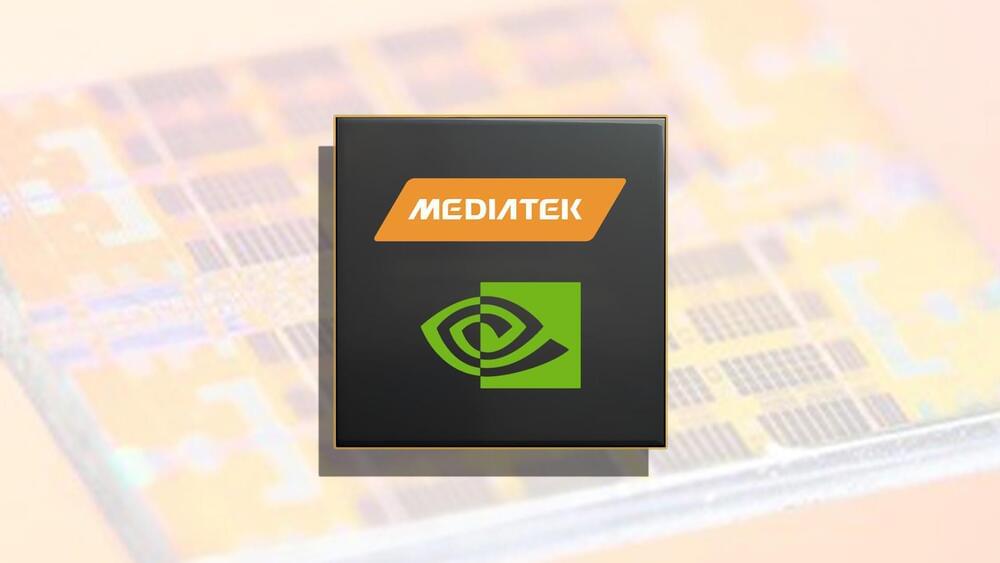
Qualcomm’s Snapdragon X Elite will eventually face competition in the ARM-based AI chipset space from MediaTek and NVIDIA, who have reportedly joined forces to co-develop a new SoC whose design is said to be finalized in the third quarter of this year. The upcoming silicon is said to support advanced technologies, including being mass produced on TSMC’s 3nm process, with the new entrant possibly competing with Apple’s M4 when comparing lithography.
The unnamed chipset from MediaTek and NVIDIA is rumored to fetch a price of $300 per unit, likely due to leveraging advanced nodes and packaging technologies
With the AI PC segment estimated to grow massively by 2027, MediaTek and NVIDIA want to pounce on this opportunity, giving this category a healthy dose of competition. The Taiwanese fabless semiconductor manufacturer has already received praise from Morgan Stanley analysts for its Dimensity 9,300, so there is no question that the company’s chip-making prowess has a gold-standard label. Add NVIDIA to the mix, and we could see an SoC that overtakes the competition in graphics performance, though Economic News Daily has not mentioned this.
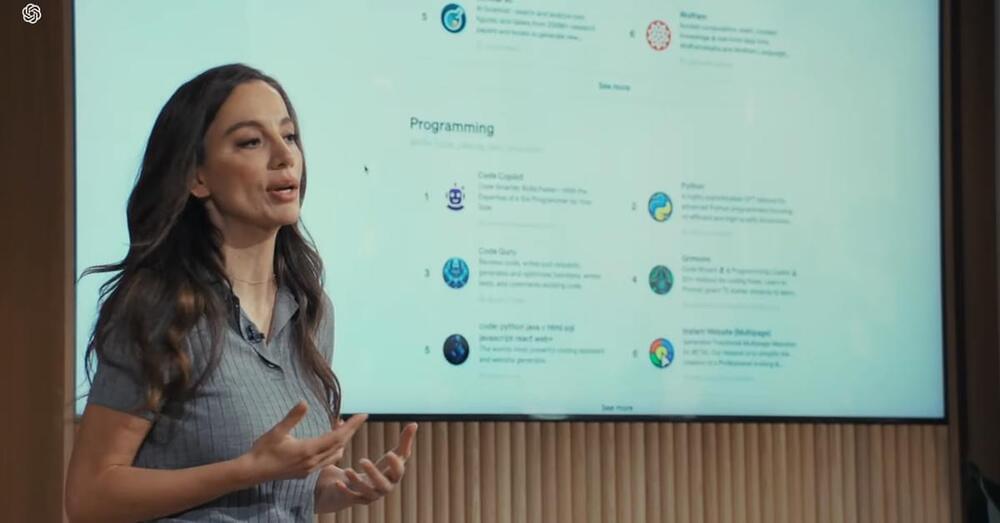

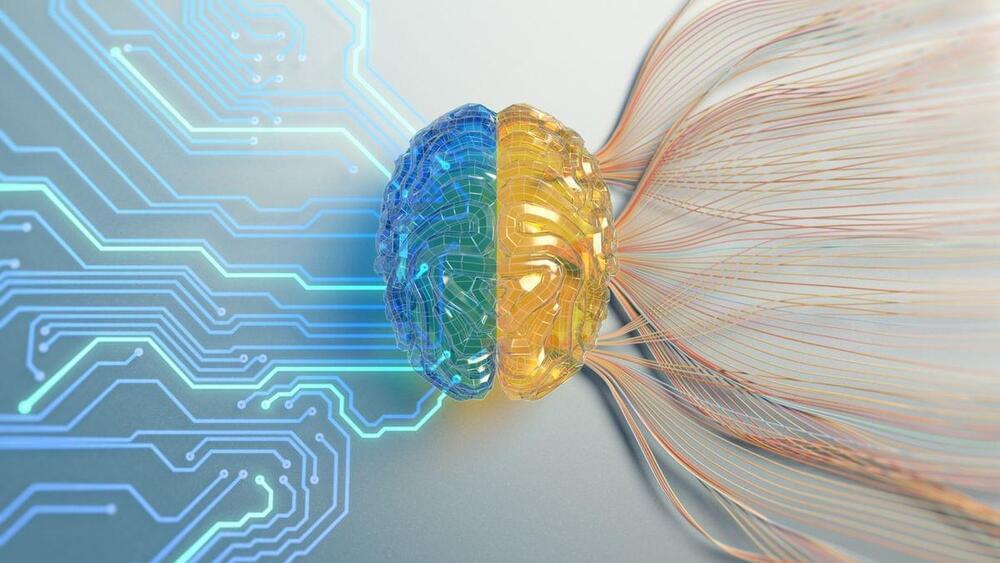
But MIT scientists now claim to have cracked this problem by creating “a treasure trove” of natural language “abstractions” that could lead to more powerful AI models. Abstractions turn complex subjects into high-level characterizations and omit non-important information — which could help chatbots reason, learn, perceive, and represent knowledge just like humans.
Currently, scientists argue that LLMs have difficulty abstracting information in a human-like way. However, they have organized natural language abstractions into three libraries in the hope that they will gain greater contextual awareness and give more human-like responses.
The scientists detailed their findings in three papers published on the arXiv pre-print server Oct. 30 2023, Dec. 13 2023 and Feb. 28. The first library, called the “Library Induction from Language Observations” (LILO) synthesizes, compresses, and documents computer code. The second, named “Action Domain Acquisition” (Ada) covers AI sequential decision making. The final framework, dubbed “Language-Guided Abstraction” (LGA), helps robots better understand environments and plan their movements.
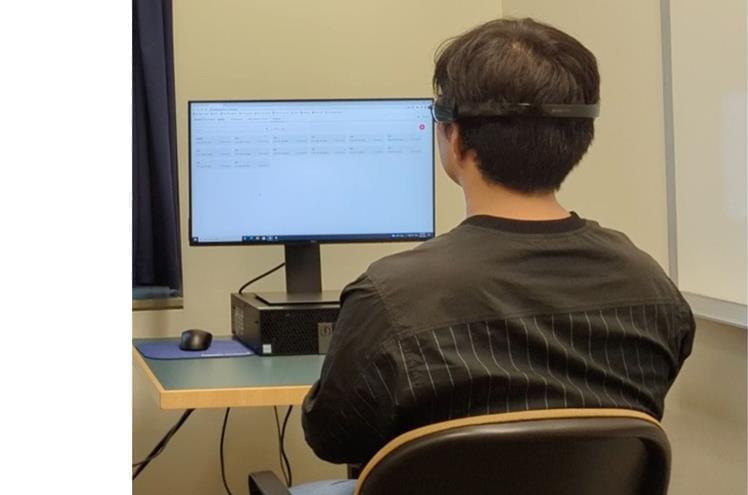
As people age, their brains do, too. But if a brain ages prematurely, there is potential for age-related diseases such as mild cognitive impairment, dementia, or Parkinson’s disease. If “brain age” could be easily calculated, then premature brain aging could be addressed before serious health problems occur.
Researchers from Drexel University’s Creativity Research Lab have developed an artificial intelligence technique that can effectively estimate an individual’s brain age based on electroencephalogram (EEG) brain scans. The technology could help to make early, regular screening for degenerative brain diseases more accessible. The work is published in the journal Frontiers in Neuroergonomics.
Led by John Kounios, Ph.D., professor in Drexel’s College of Arts and Sciences and Creativity Research Lab director, the research team used a type of artificial intelligence called machine learning to estimate an individual’s brain age similar to the way one might guess another person’s age based on their physical appearance.
This is “Two OpenAI GPT-4os harmonizing” by OpenAI on Vimeo, the home for high quality videos and the people who love them.
This is “OpenAI GPT-4o, BeMyEyes in London” by OpenAI on Vimeo, the home for high quality videos and the people who love them.
This is “OpenAI GPT-4o customer service” by OpenAI on Vimeo, the home for high quality videos and the people who love them.